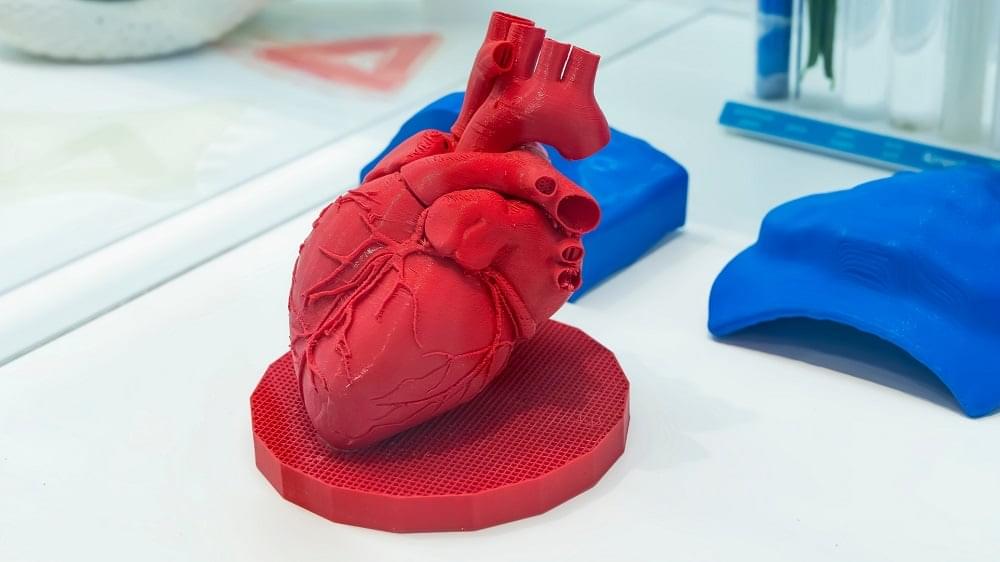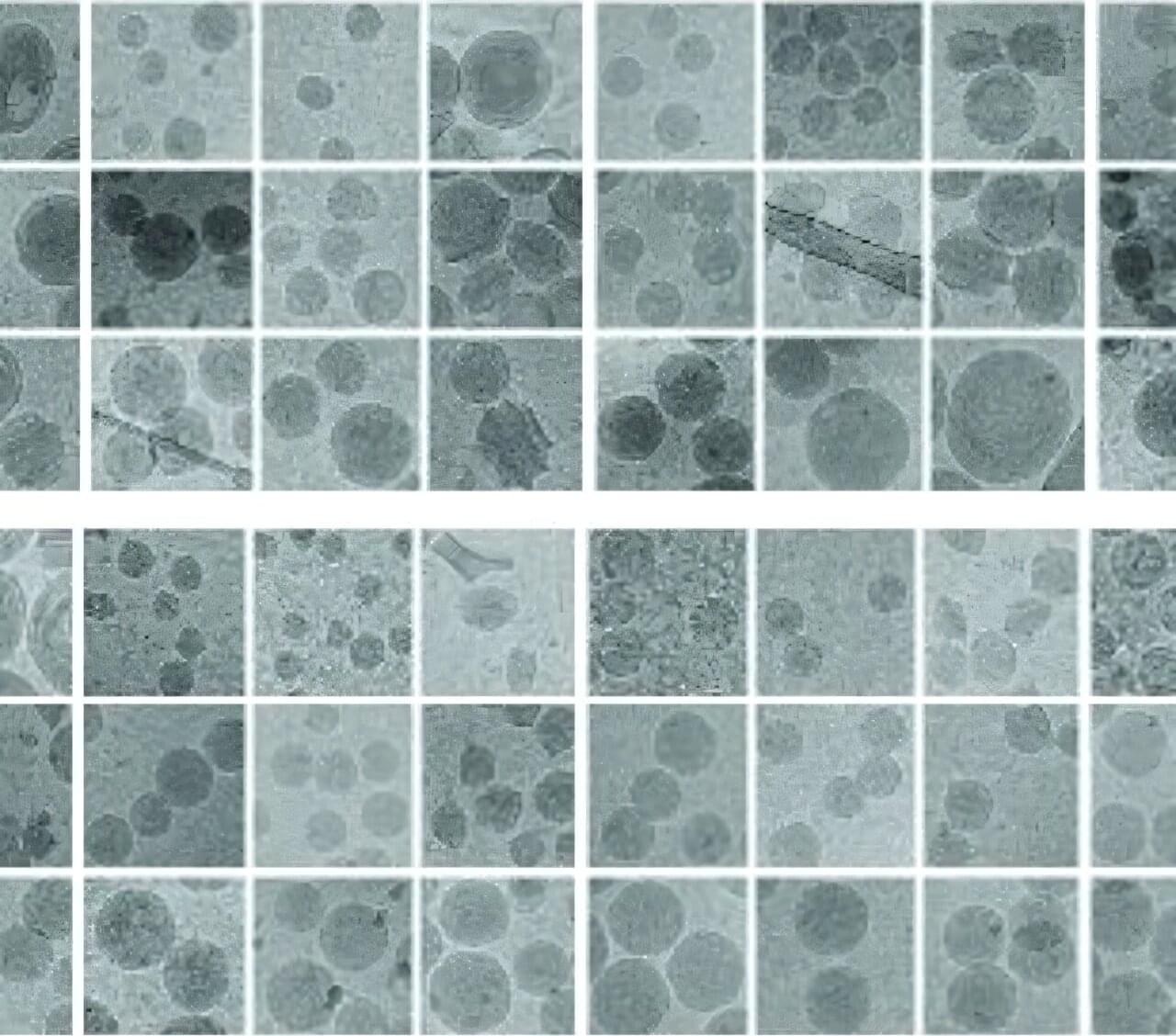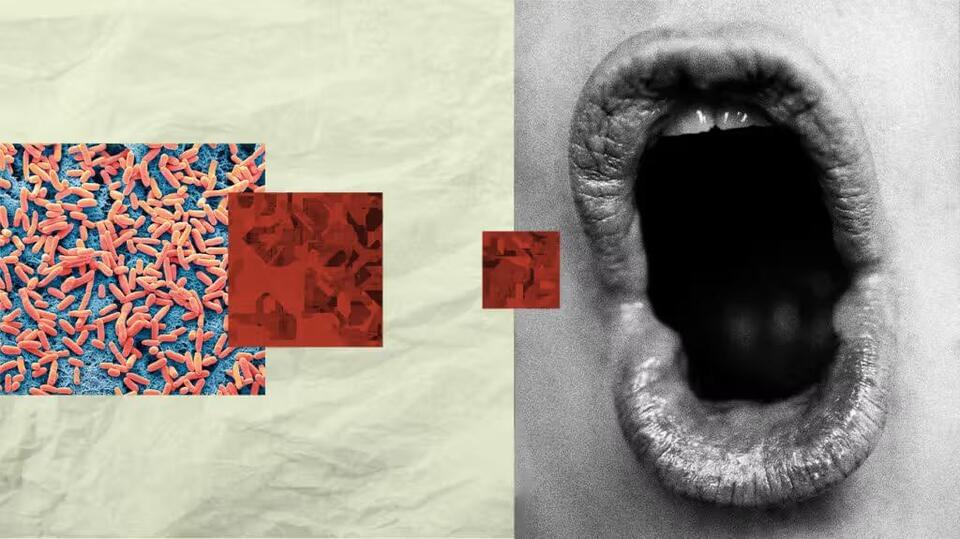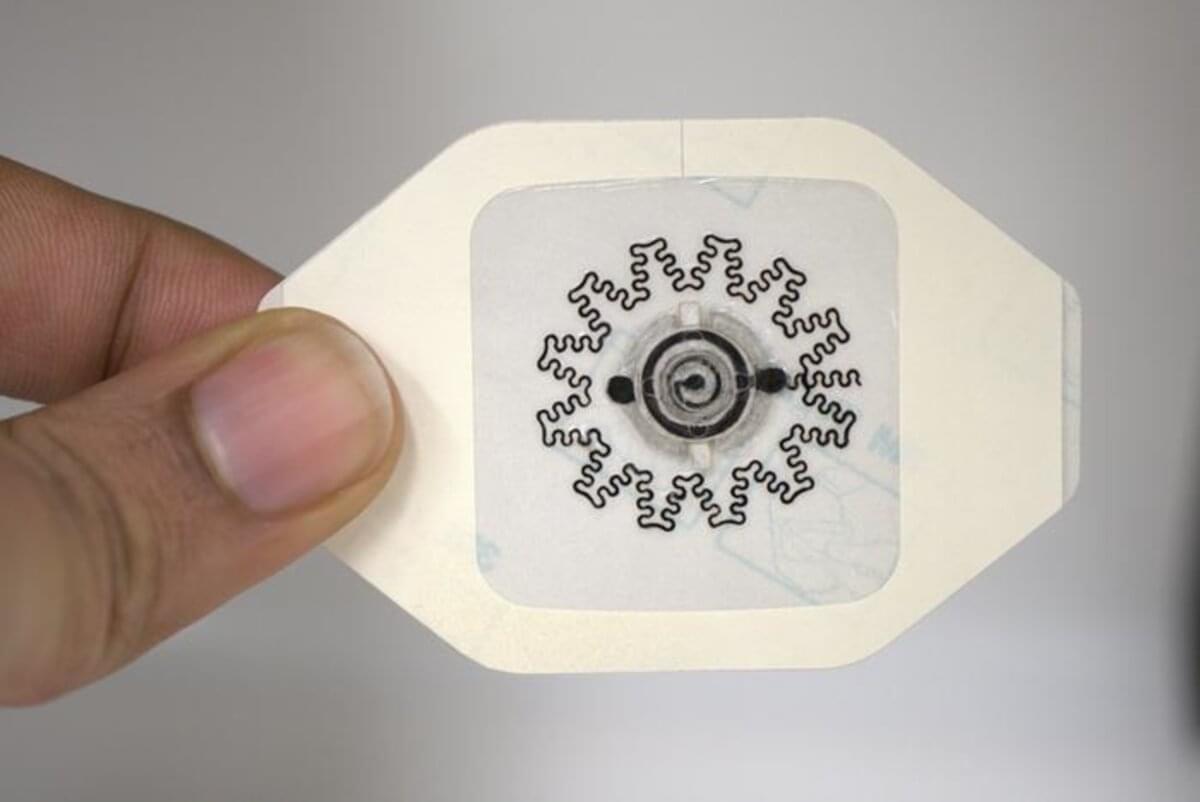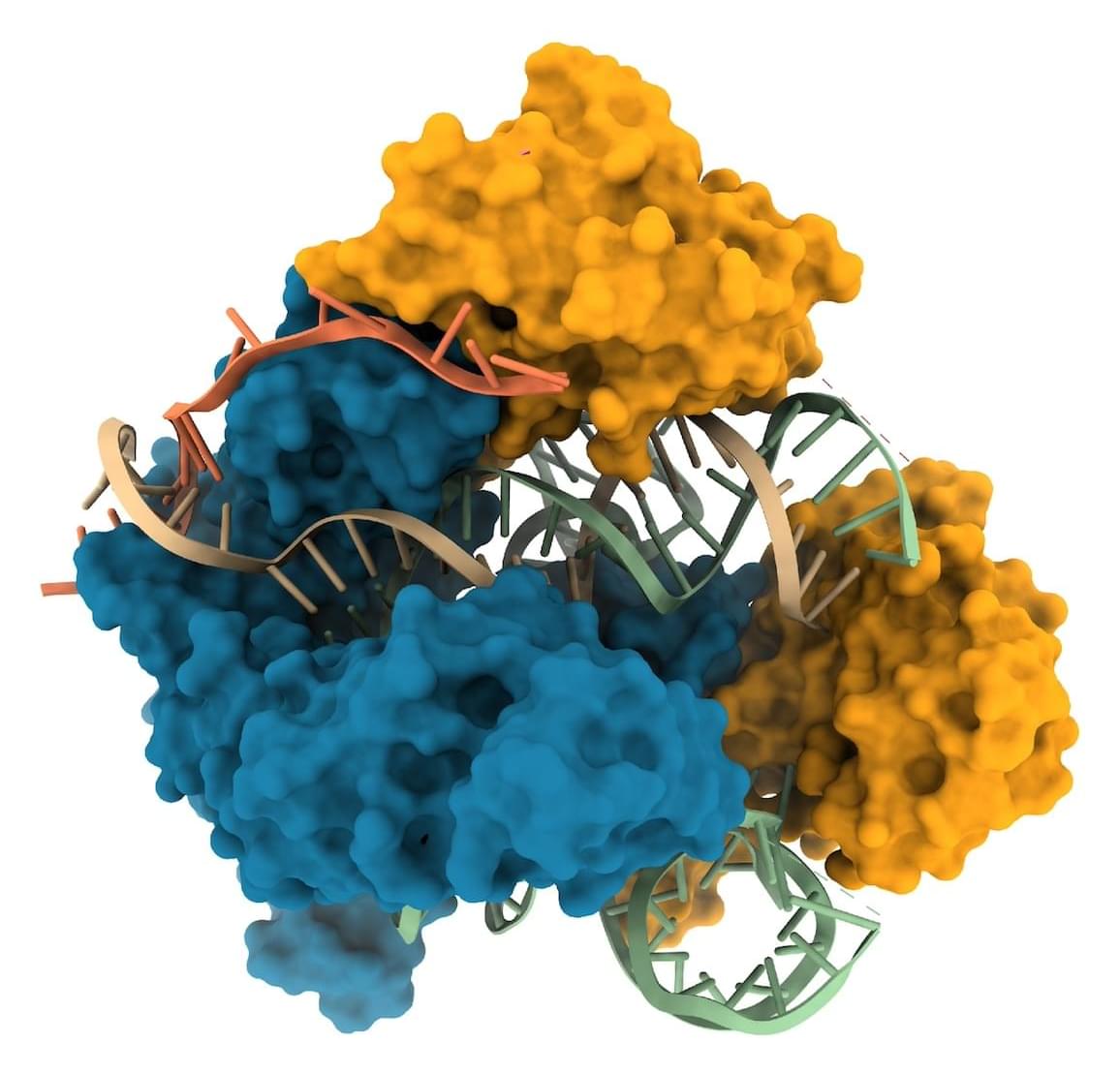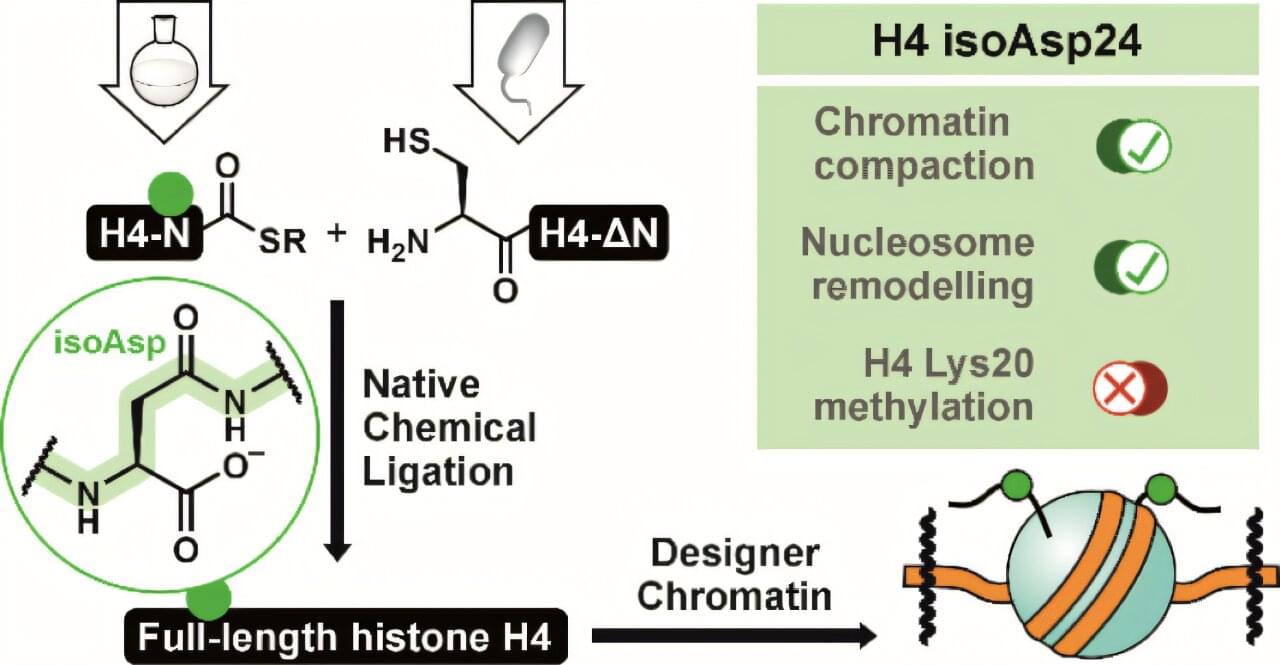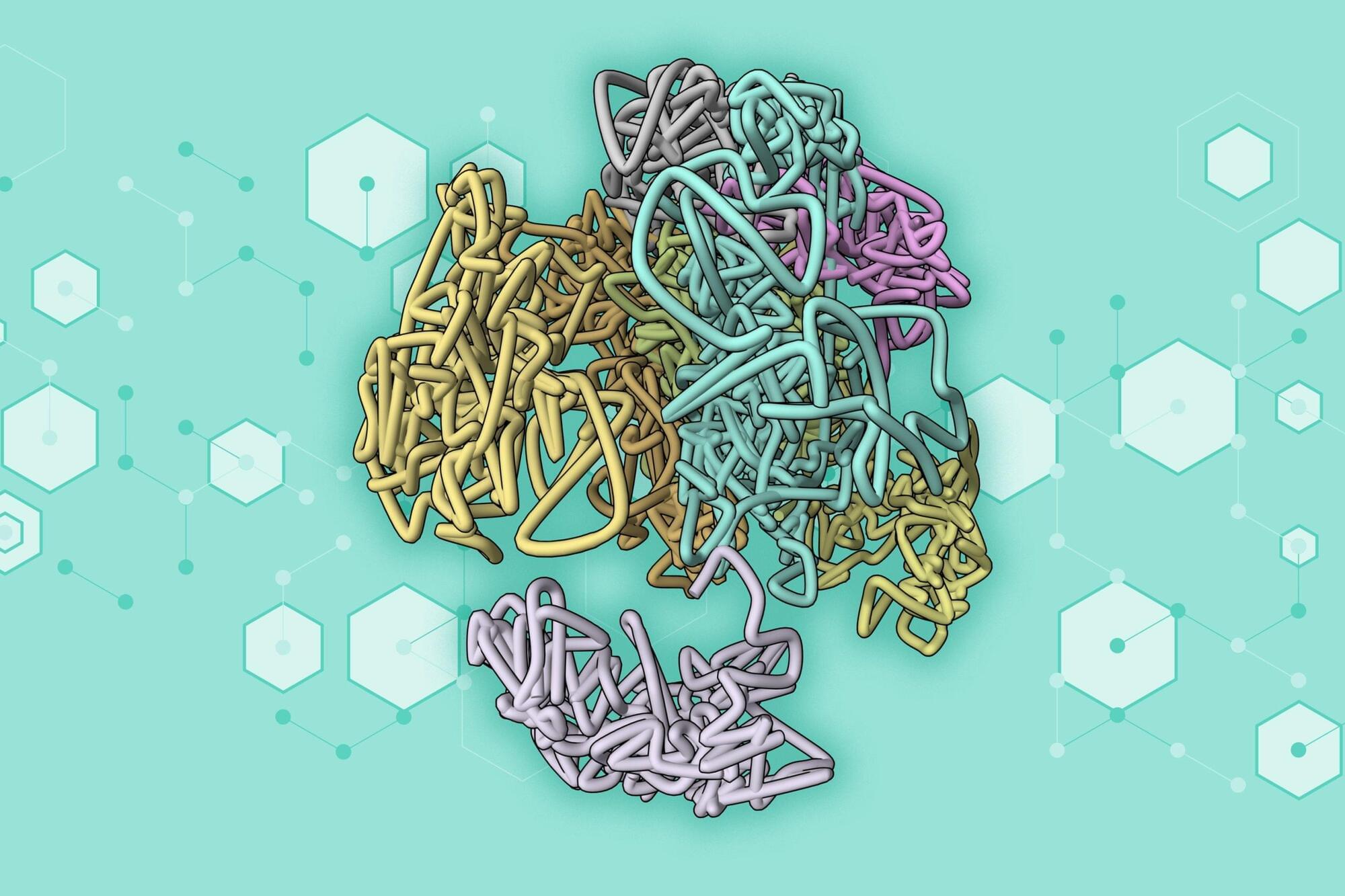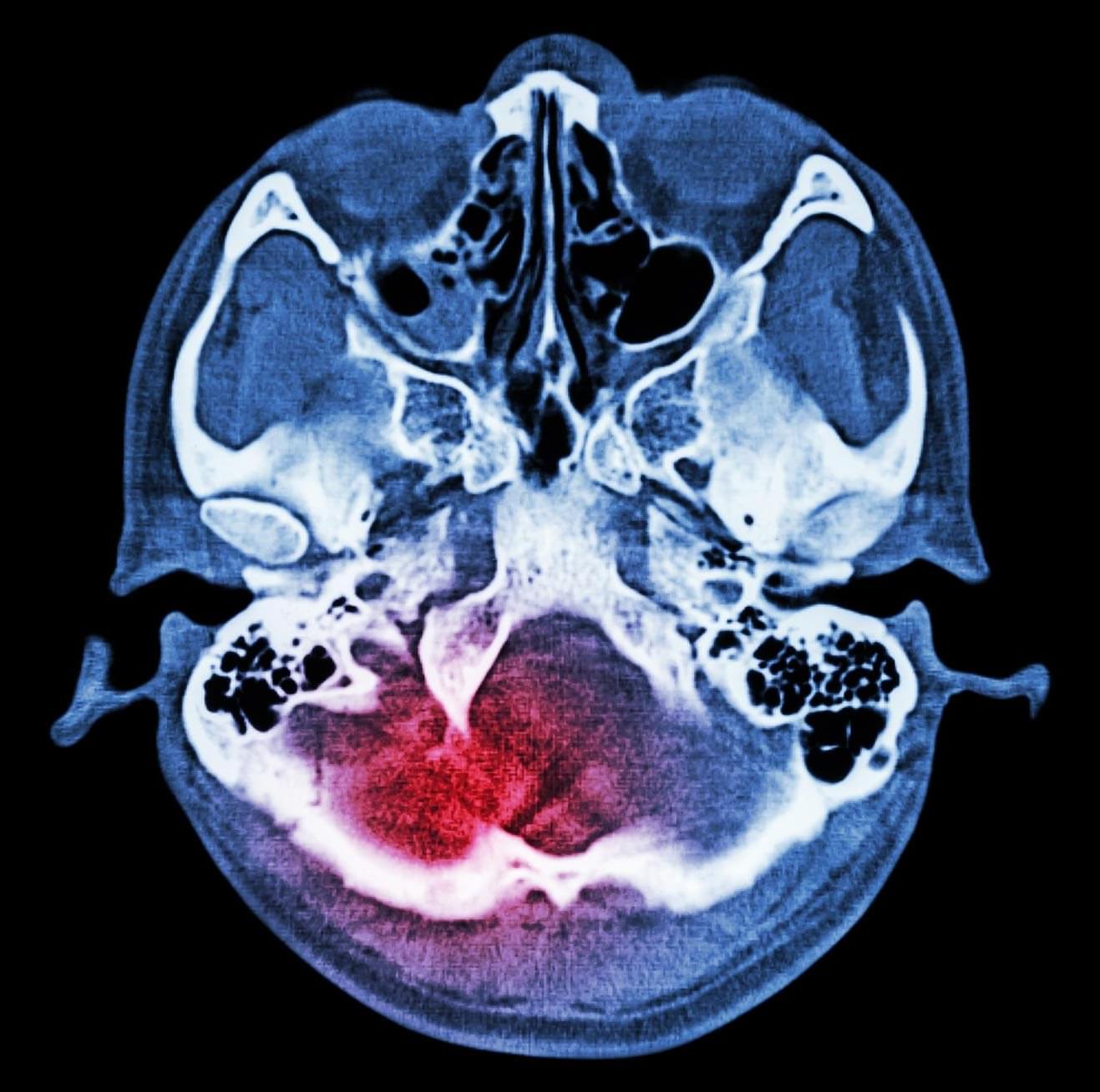A large research team led by nanotechnologist Roy van der Meel rebuilt the body’s own proteins and fats into nano-delivery vans that get genetic medicines to exactly the right place in the body. In a joint effort with researchers from Radboudumc, they worked for five years on this nanotransport system, the results of which were published in Nature Nanotechnology.
With his rugged beard and signature lumberjack shirt, nanotechnologist Roy van der Meel seems to have walked straight out of a Canadian forest hut instead of a high-tech lab. In Canada, Van der Meel did indeed work as a postdoc for Professor Pieter Cullis, founder of the nanotechnology used for messenger RNA vaccines. Five years ago, he exchanged Vancouver for a spot in Eindhoven. Professor Willem Mulder brought Van der Meel to TU/e because of his RNA nanotechnology expertise.
Diseases that are currently difficult to cure, such as certain cancers and autoimmune diseases, can benefit from genetic drugs based on RNA. But then we must be able to get those medicines to the right place and that turns out to be a huge task.
